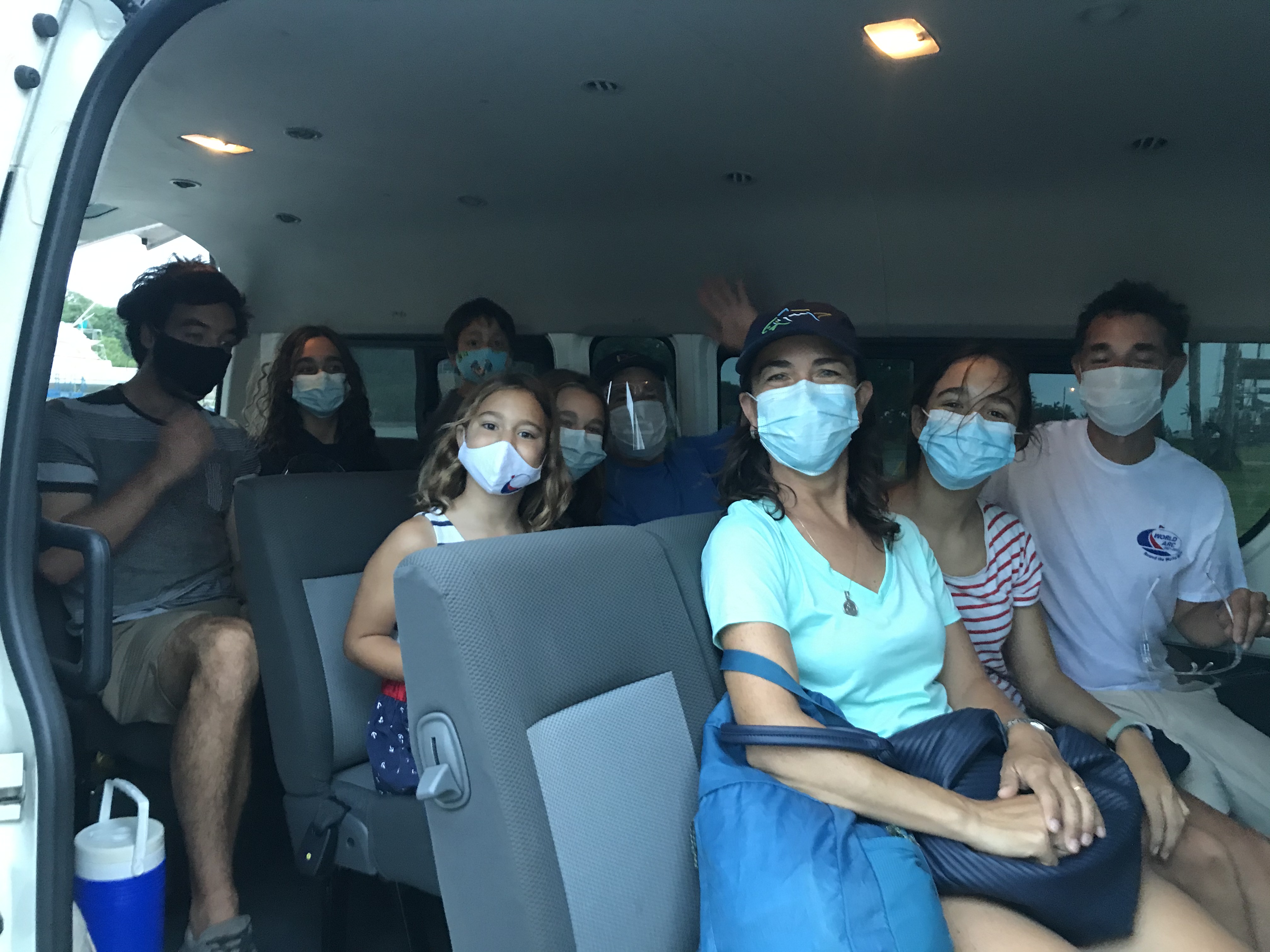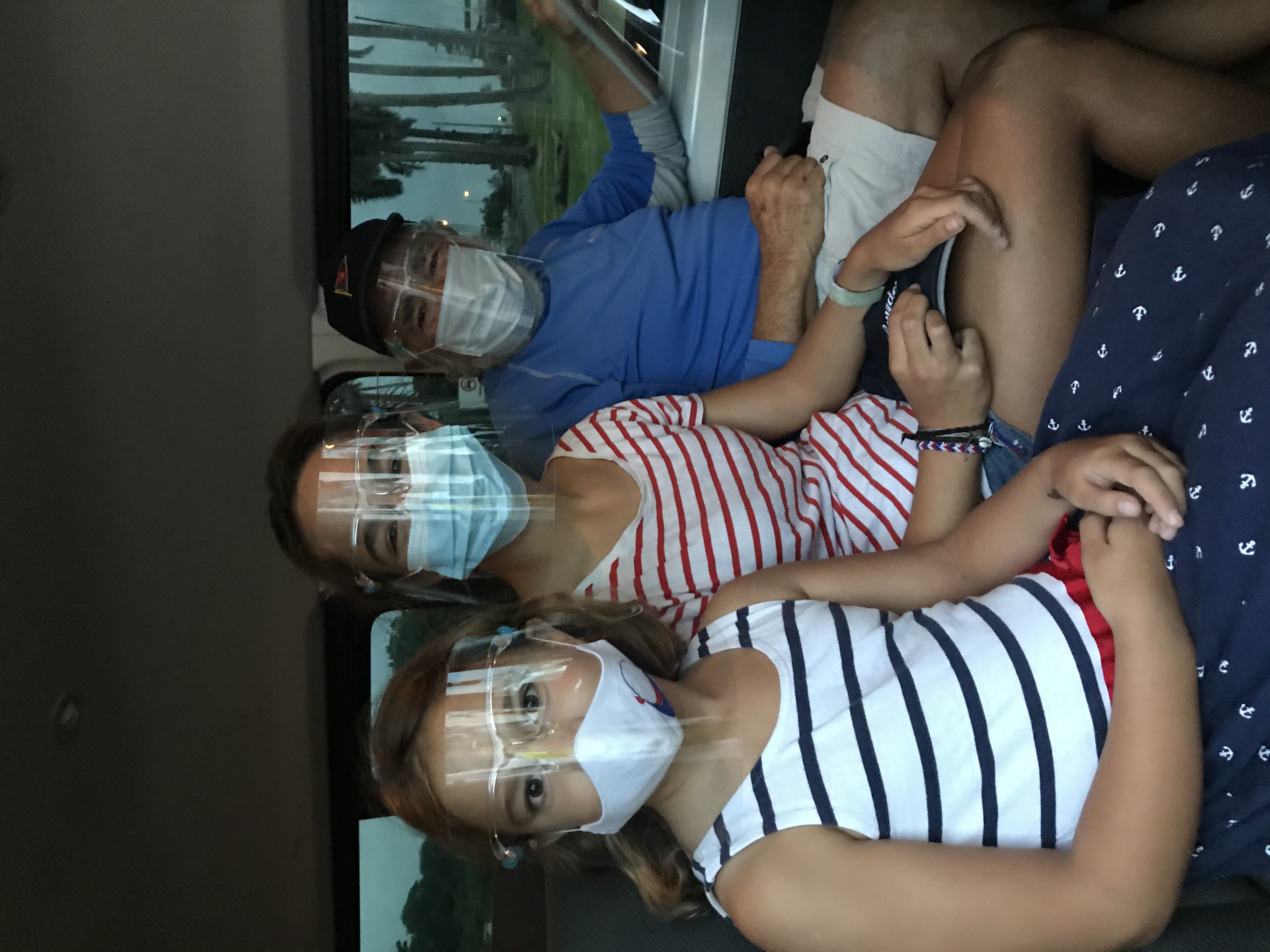One of the highlights of the World ARC route it the transit through the Panama Canal. Steeped in history and still to this day considered a mammoth engineering undertaking the canal was no easy achievement. Following the ceasing of a French construction team in the 1880s, the United States commenced building a canal across a 50-mile stretch of the Panama isthmus in 1904. Efforts to complete the Canal was ultimately helped by the elimination of disease-carrying mosquitoes which sadly was the reason so many lives were taken while working on the original project.
Chief engineer John Stevens devised innovative techniques and spurred the crucial redesign from a sea-level canal to a lock canal. His successor, Lt. Col. George Washington Goethals, stepped up excavation efforts of a stubborn mountain range and oversaw the building of the dams and locks which was eventually opened in 1914. Oversight of the Panama Canal was transferred from the U.S. to Panama in 1999 and this is the stretch of waterways the World ARC fleet with transit this weekend.
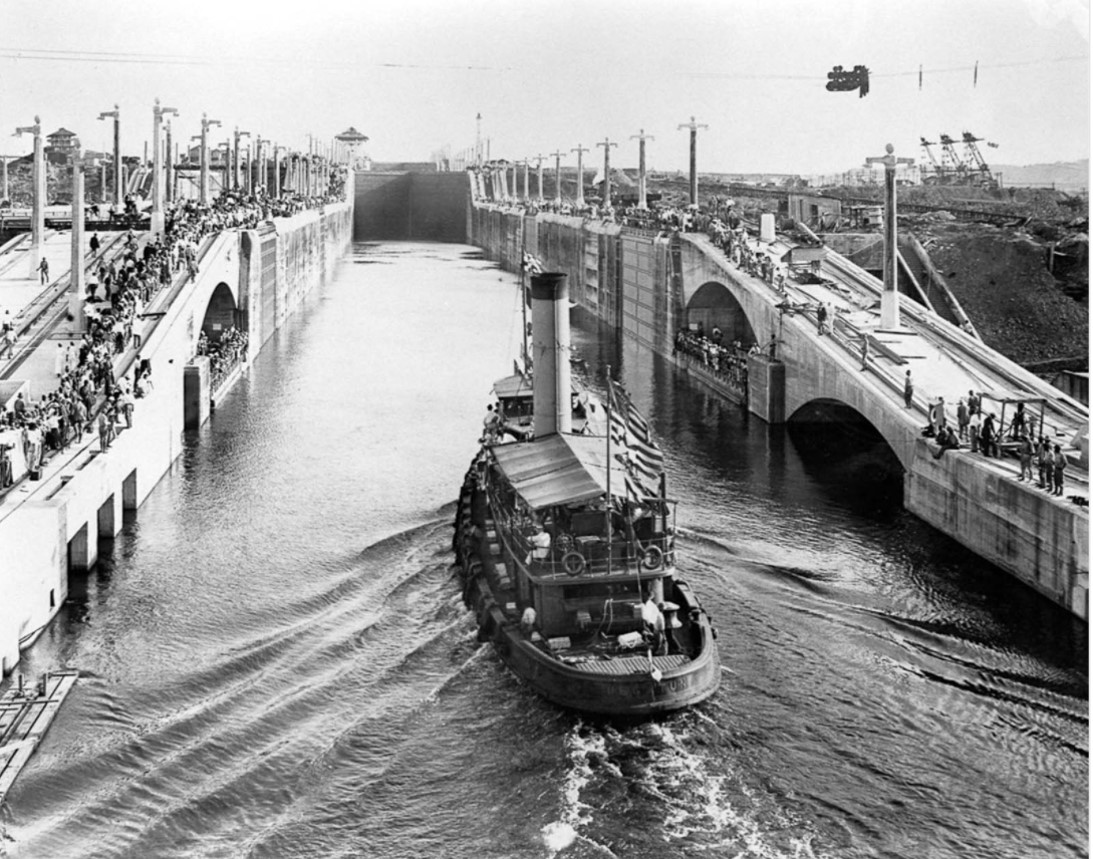
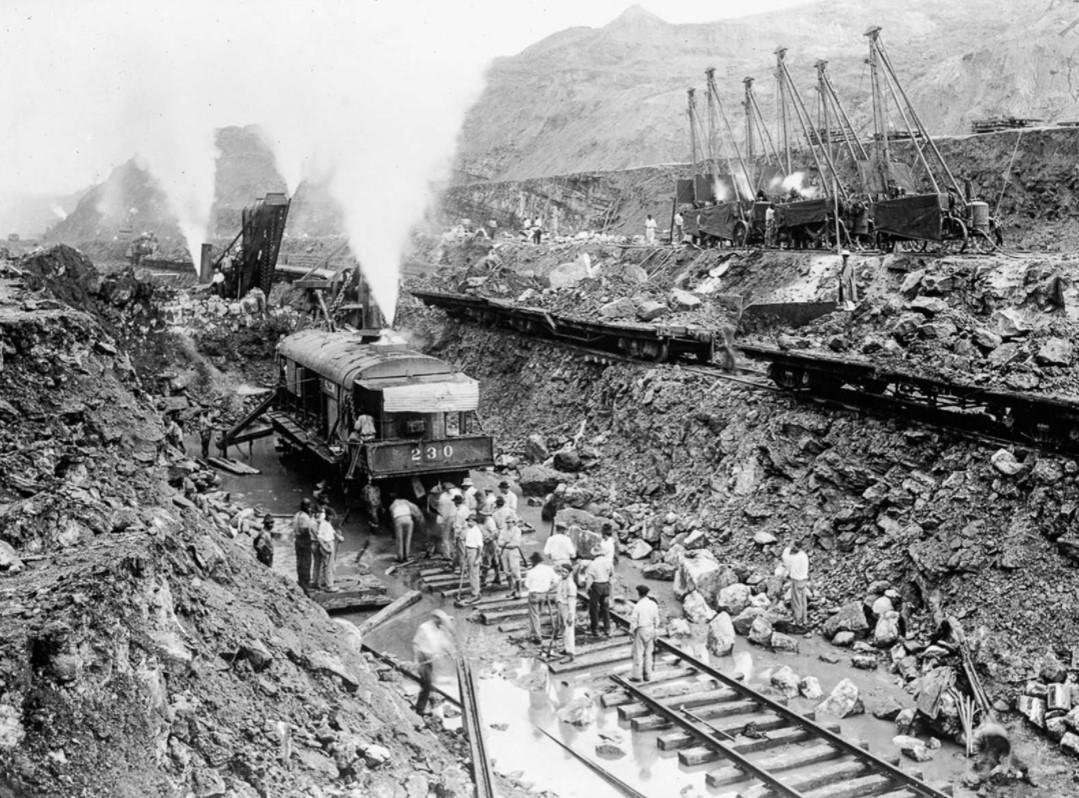
Travelling a total of 50 miles of waterways the fleet will firstly go up three locks taking them into the Gatun Lake which is 85ft or 26 metres above sea level. Staying overnight at anchor in the Lake, the fleet travel through this artificial waterway which was created between 1907 and 1913 by the building of the Gatun Dam across the Chagres River.
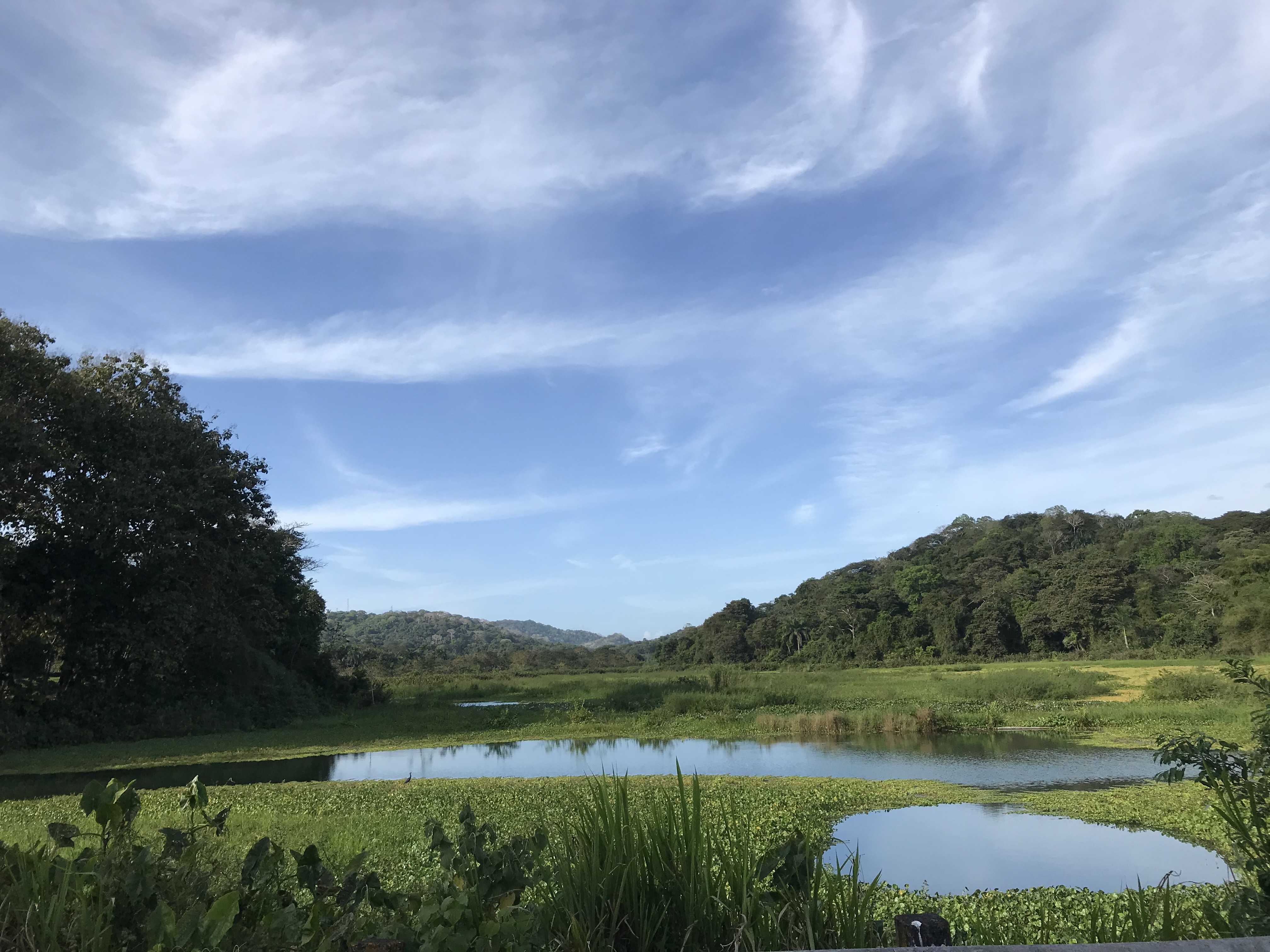
The following morning a gentle motor along the Gatun Lake offers participants the chance to view the colourful and lush humid forests which surround the water. These tropical forests are home to great number of wildlife to include monkeys, toucans and the odd lazy crocodile can be seen on the muddy banks as the fleet glides by.
The journey across the Lake takes about 6 hours and can often be a surreal experience, whilst surrounded by natural beauty, the fleet can be expected to see many container ships pass quite closely. Neo Panamax ships are over 300 meters in length and can transport approximately 13,000 containers at any one time so it’s a fascinating site.
Towards the end of the transit the fleet will descend into the Pacific via a further three locks. The first being the Pedro Miguel followed by the final two called the Miraflores Locks.
Travelling in the locks themselves in nests of 2 boats together, each skipper and their crew will be working hard to keep the rafts straight and flowing through each section of the lock. In order to understand the process and how to work with the Canal line handlers, who will ultimately guide the nest of boats through, a full briefing has taken place in Shelter Bay along with a line handling practice which creates lots of fun trying to remember how to tie a bowline.

Shelter Bay has once again provided the fleet with a warm welcome and a base from where participants have been able to take part in the World ARC programme. A tour to the Embera India Village is perhaps one of the most fun tours on the route. Taking a dugout canoe to a remote village situated along the Charges River, participants learn about their way of life and history of the local people and surrounding areas. Crews have also been able to enjoy getting together and meeting each other which is paramount to the support of the fleet and creating the wonderful bond between the participants.
